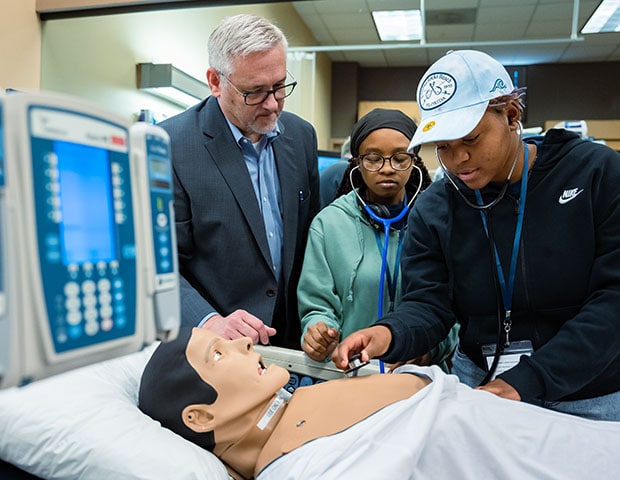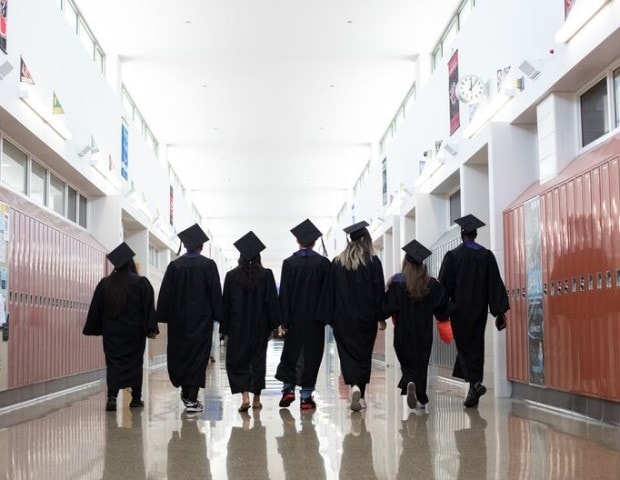Non-degree education opportunities after high school through progressive pathways could lead to promising careers or provide a stepping stone to a degree pathway.
Closing the Gap: College and Career Readiness
By Nicholas Patterson, Southern New Hampshire University
September 7, 2023
There is a critical relationship between closing the opportunity gap and ensuring students achieve college and career readiness. In this enlightening discussion, we delve into the complexities of the achievement gap, strategies to bridge it, and the profound importance of preparing students for their future path with the right skills and knowledge.
Closing the opportunity gap requires dismantling systemic barriers that perpetuate disparities in access to quality education. These disparities disproportionately affect marginalized and underserved communities, creating a cycle of disadvantage that hinders social mobility and equitable outcomes. The solution to the opportunity gap lies in implementing policies and initiatives that provide all students, regardless of their background, with equal access to rigorous coursework, extracurricular activities, and supportive resources. The connection between the opportunity gap and the achievement gap is profound; the former directly contributes to the latter. When students face unequal opportunities to learn and grow, it inevitably affects their academic performance and potential. By addressing the opportunity gap, we can mitigate the factors that contribute to the achievement gap, fostering a more inclusive and equitable educational environment for all students.
The educational landscape has long been marred by a persistent problem: the achievement gap. This pervasive discrepancy in academic performance among diverse students has been a cause for concern across the country.
But what exactly is the achievement gap, and how might it impact students’ educational journey and future career prospects? How can educators bridge this gap and foster more equitable educational outcomes for their students?
Continue reading to delve into this complex issue and learn the importance of developing college and career readiness skills.
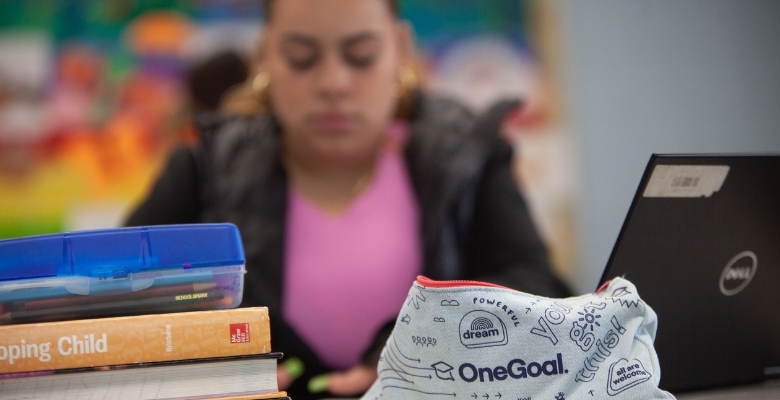
What is the Achievement Gap in Education?
The achievement gap is a term in education that speaks to the differences in academic performance between various groups of students.
Gaps in achievement can often be observed when you look at factors like grade point average (GPA), college attendance rates, persistence rates, reading skills and proficiency, said Adrian Haugabrook, executive vice president and managing director of the Social Impact Collective at Southern New Hampshire University (SNHU).
“Because of the systemic nature of educational inequities, these gaps can be identified along the lines of race, ethnicity, gender and socio-economic status, and ability,” said Haugabrook.
It’s a problem in education systems all around the world. But the achievement gap isn’t just about school performance. It’s connected to more extensive systemic issues like income inequality, access to good healthcare, stable housing and exposure to stress and trauma. These things can significantly impact a student’s readiness to learn and succeed in school. This in turn affects a student’s opportunities after high school and beyond.
You can explore this Achievement Gap Dashboard tool by The National Assessment of Education Progress (NAEP) to better understand the current gaps.
How Can We Close the Achievement Gap?
Tackling and closing the achievement gap is like figuring out a complex puzzle. It needs many different strategies not just focused on education but also on the bigger picture of society.
Policies and procedures have been developed over the years to address the achievement gap in hopes of eliminating the disparities between different groups of students.
One example that Haugabrook shared was increasing the availability of advanced placement (AP) programs, such as AP courses or different academic enrichment and honors programs. These AP programs, and ones like them, are frequently cited as being essential as gateways into college and career readiness. Other programs are also available and focus on college readiness and access, such as workforce and career skills-building programs. But access through college readiness is only one part of the equation to mitigating achievement gaps.
Haugabrook described closing the achievement gap as a two-part formula. “One is developing the skills or the competencies for the academic readiness to advance into college or career,” he said. “The second is creating opportunities that allow for each person to persist and complete the different aspects of their education and career journeys.”
The achievement gap can also be thought of as an opportunities gap, Haugabrook said. Institutions like SNHU prioritize access to education through their Social Impact Collective by developing affordable, innovative, and high-quality learning pathways. Initiatives such as the Bill and Melinda Gates Foundation Equity Grant contribute significantly to bridging the gap by improving accessibility and persistence for learners from marginalized backgrounds.
Here are some additional ways that experts are trying to level the educational playing field:
- Excellent early education: Great preschool programs can significantly reduce the achievement gap, according to a Brookings Institution study. They give kids the basic skills they need and can help them fall in love with learning early on, especially for kids who come from disadvantaged backgrounds.
- Teaching that respects culture: Teaching that respects and values diversity in the classroom can make a big difference, according to a report by Education Week. By including students’ cultural experiences in their lessons, teachers can make learning more relevant and practical, which can help improve academic results.
- Fair school funding: Schools that serve disadvantaged students often need more resources to provide a good education. Putting more budget, especially into high-poverty schools, can lead to better student outcomes, according to a report from the Learning Policy Institute.
- College and career readiness programs: Schools should provide programs that prepare students for life after high school, according to a report from ACT. These include rigorous academic courses, career and technical education programs and college counseling. Programs like these have been found to boost readiness and help close gaps in both achievement and opportunities.
These strategies are aimed at closing the achievement gap. Beyond understanding how to do this, you should also know why it’s crucial.
Why is Closing the Achievement Gap Important?
Closing the achievement gap matters, and not just in school. It’s about equity.
Students should have an opportunity to be successful in school and career, regardless of background or where they come from. But when educational outcomes are so uneven, it can keep cycles of poverty going and stop students from moving up in society, the UNESCO Institute for Statistics reported.
Plus, we all benefit when we close the achievement gap and provide more opportunities for students. A more educated population means a more skilled workforce, which can help grow the economy and drive innovation, according to a study by the World Economic Forum. It also promotes social cohesion as individuals from different backgrounds get the chance to contribute to society in a meaningful way.
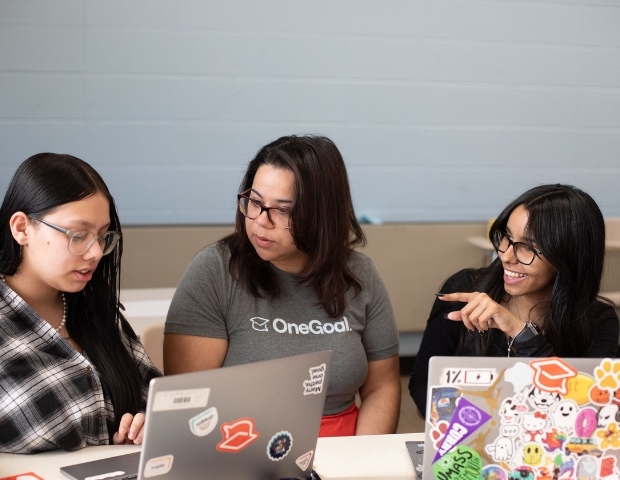
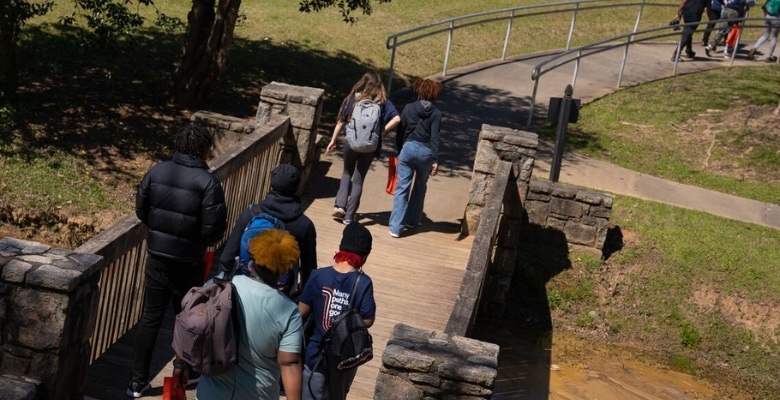
4 Keys to College and Career Readiness
Several factors and skills are critical to students’ college and career readiness.
“It’s not just learning to write and do math and read,” said Haugabrook. “It’s the application of a variety of skill sets and understanding how they apply in a person’s livelihood.”
Here are four elements that can help students with their education and career that can also foster personal growth:
- Next-level education: Great preschool programs can significantly reduce the achievement gap, according to a Brooking Institution study. Educators can give young learners the basic skills they need and can help them fall in love with learning early on. Organizing extra-curricular seminars or study groups can also help students delve deeper into topics they are interested in and instill a passion for continuous learning.
- Problem-solving and critical thinking: Today’s world needs people who can think independently, solve challenging problems and make intelligent decisions. Educators can foster environments where students feel safe to voice their opinions and ask questions while encouraging their students to consider various perspectives.
- Enduring skills: Communication, collaboration, self-management and empathy are critical in college and the workplace. These skills help students succeed in teams, manage time and adapt to new situations. Educators can incorporate teamwork-based projects to bolster communication and collaboration skills. Tools and techniques such as planners, task lists and time management strategies can help develop self-management skills.
- Knowledge about college and career paths: Students need to know how to get into college, what financial aid options they have and what skills and qualifications different careers require. Educators can offer workshops and sessions about college admissions and financial aid to help educate students about college. Students can also utilize resources like the Bureau of Labor Statistics (BLS) Occupational Handbook to learn about various careers that may be available.
Haugabrook noted that other college and career readiness factors include expectation setting, perseverance, resilience and embracing lifelong learning.
Closing the achievement gap requires a multifaceted strategy addressing societal issues and educational methods. Equally vital is ensuring college and career readiness, which extends beyond academics to include critical thinking, soft skills and informed career planning, enabling students to thrive in their future endeavors.
Nicholas Patterson ’22 is a writer at Southern New Hampshire University. Connect with him on LinkedIn.
SNHU does not endorse or sponsor any commercial product, service, or activity offered on this website.
Related Stories
Students from low-income backgrounds obtain college degrees at a much lower rate than students from high-income backgrounds. Schools can help close the degree divide by centering college and career readiness for all high school students.
College and career readiness is a frequently used metric in schools and in the postsecondary access field. But how is readiness defined? And what steps can schools take to help pave the way?



